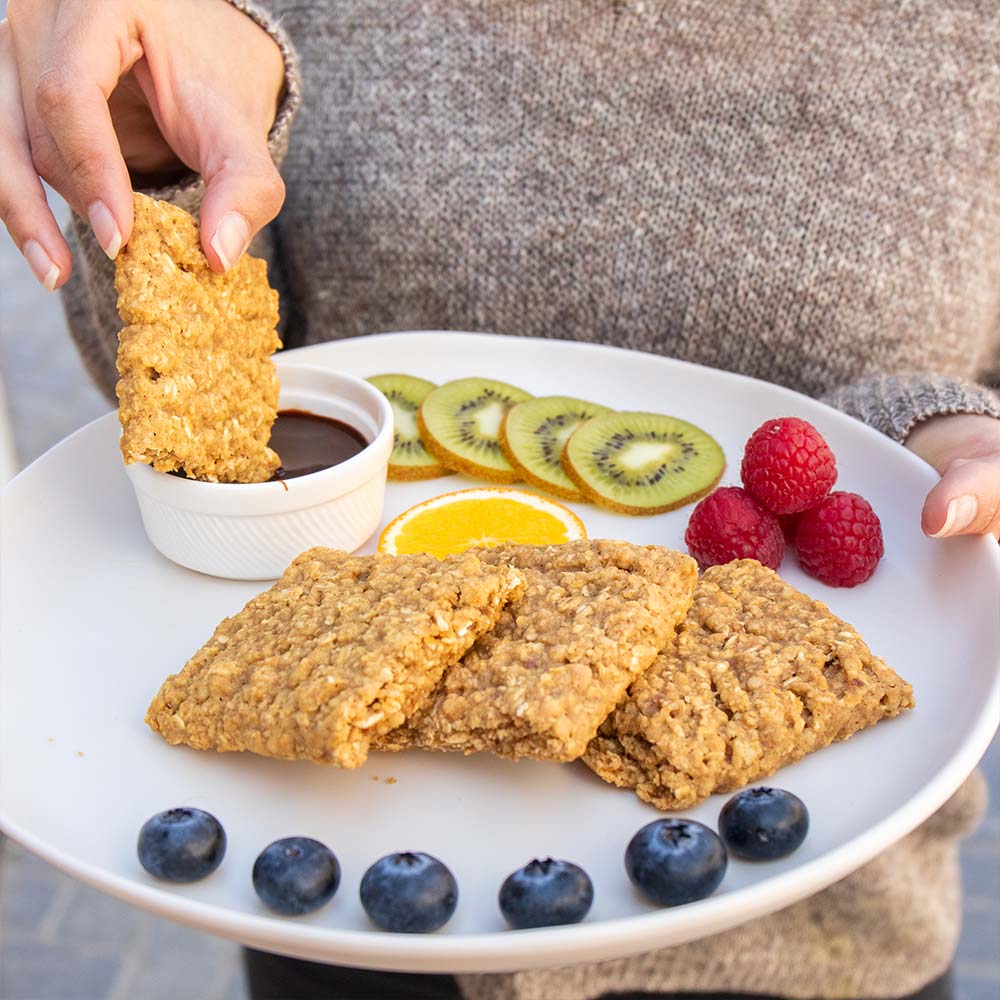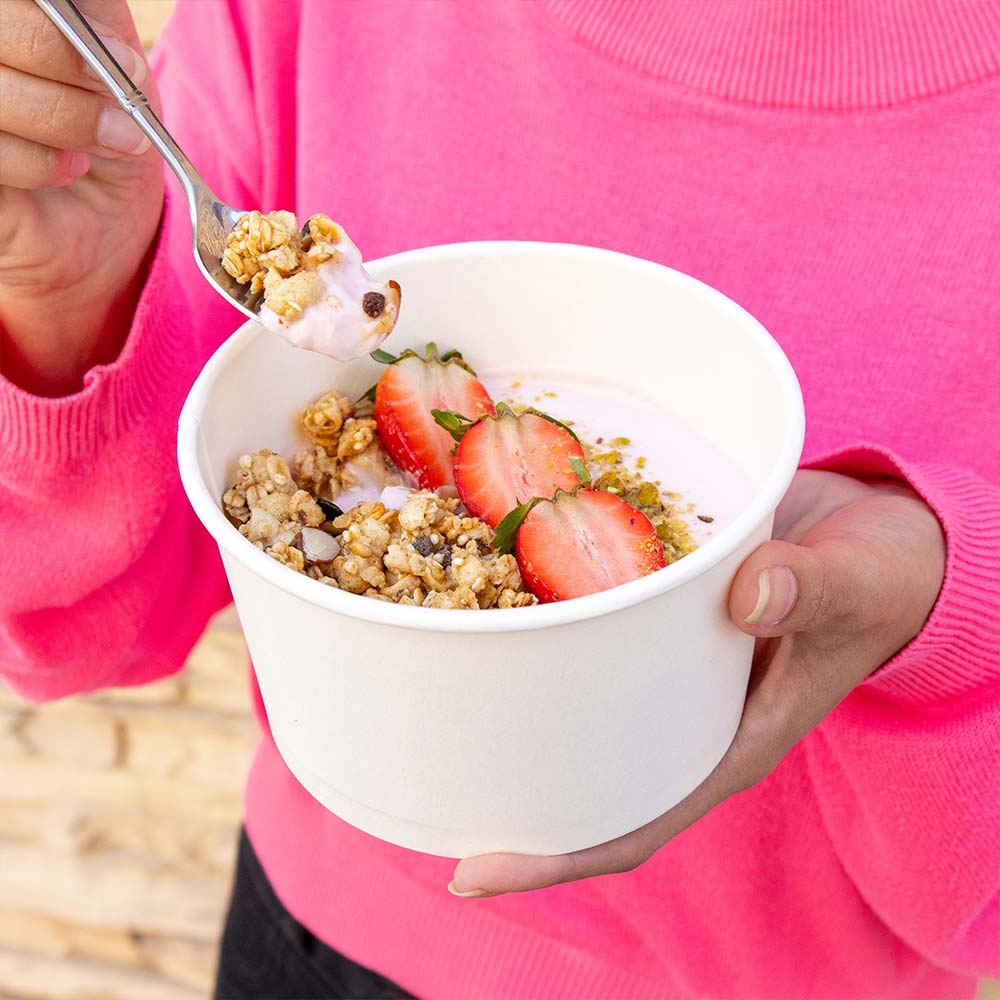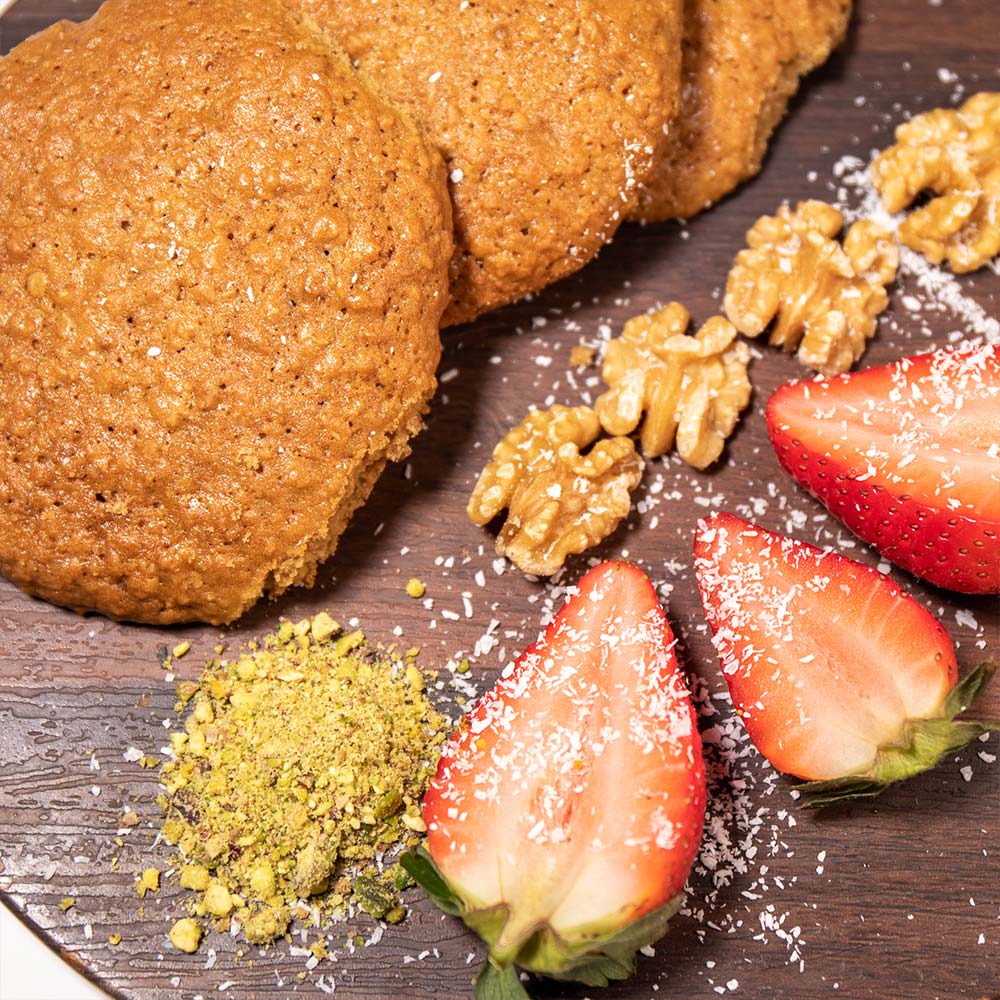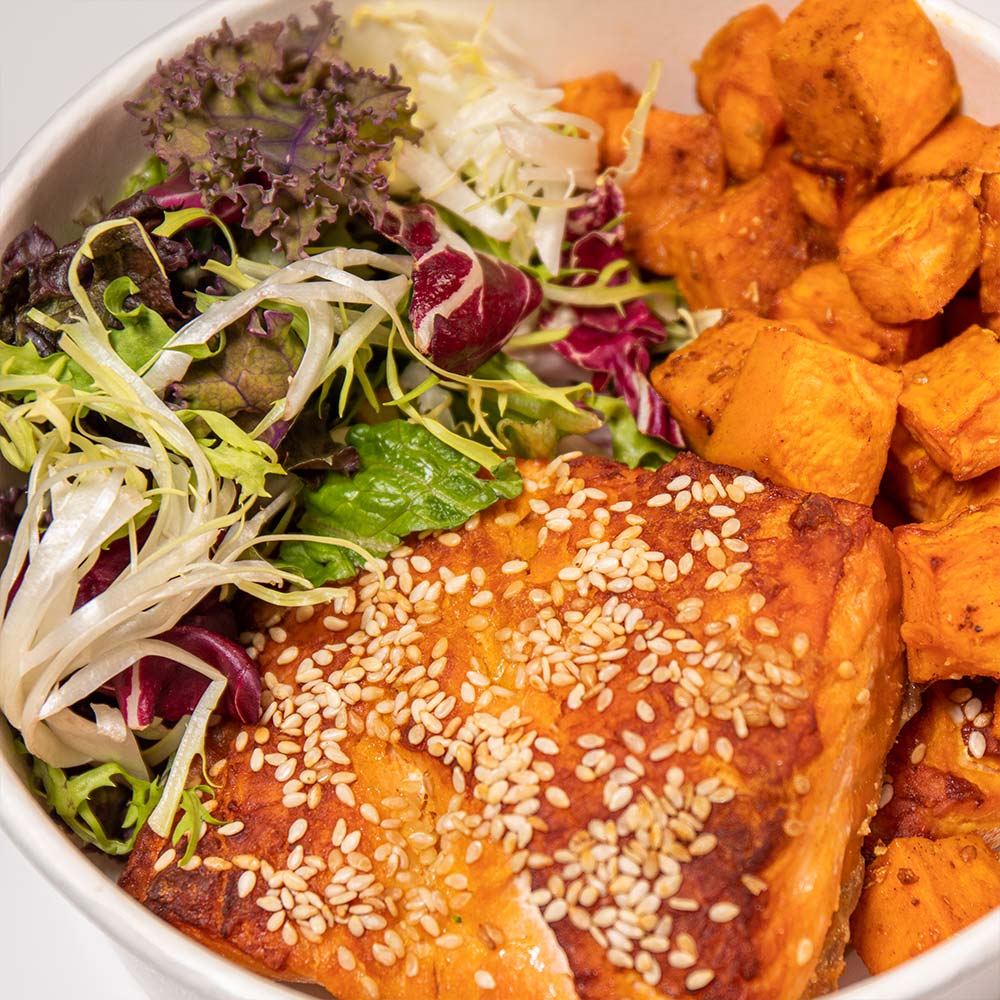Faced with rising obesity rates in children, which have increased forty percent in the past decade alone, and with almost fifteen percent of children aged five to nineteen being classified as overweight globally, developing tasty and healthy food options for kids has never been more important. The World Health Organization published nutrition reports in 2024 that showed children who stick to healthy eating standards outlined for meal planning were 60 percent more likely to continue eating healthy in their adulthood.
Recent studies by the American Academy of Pediatrics show
that children need between 1,200 to 2,000 calories daily, depending on their
age and activity level, with specific requirements for key nutrients: Protein
should contribute between 20-30%, carbohydrates should contribute 45-65% and
healthy fats should contribute 25-35%. That said, data suggests today’s kid
only takes these nutrients in limited portions as only every three children
achieve nutrition benchmarks daily.
The problem is not in making students consume such
nutrients, but in convincing young brains that healthy meals are tasty. Studies
conducted in the year 2024 show that the child is 1.8 more likely to eat the
meal that he has prepared as well as 1.7 more likely to eat the food that is
tasty with enhanced appearance. Moreover, those families who adhere to the meal
plan lose 45% less food and have 60% better children’s attitudes towards
healthy eating.
In this detailed tutorial, specific approaches for developing
menus for children that incorporate both healthy eating and enjoyment will be
discussed by the principles of pediatric nutrition and the latest guidelines.
From the organization of colorful food groups to the games associated with
preparing meals, we will look at how healthy eating can be turned from a
daunting and tiresome routine into an exciting and fun experience for the whole
family.
Why Focus on a Nutritious Children’s Diet?
It is therefore important to understand that children are
growing fast in all aspects; physical, mental and Wanting & Desire
therefore they have different needs. The meal plan for kids should therefore be
healthy to ensure that the kid’s energy is supplied adequately, the brain is
developed well and the kid’s immune system is developed well. In addition to
the physical health implication, a nutritional meal plan for a family also
creates a good Healthy Eating for Life Model.
However, it is often difficult to make healthy foods
interesting to children. That’s where the fun food planning comes in. When the
kids are happy, they will be able to eat much and even partake in food they
have never eaten before. The five-pointed approach encompasses nutrient
density, food appeal, food diversity, and fun, respectively.

Step 1: You should begin with the Basics of Children’s Nutrition
Before diving into meal prep, it’s important to understand
the building blocks of a balanced children's diet:
1. Protein: Crucial for the development of growth and
muscles. Some of the choices are eggs, chicken, fish, beans and yogurt.
2. Whole Grains: To improve your diet select whole grain
breads, brown rice, and oatmeal for lasting energy.
3. Fruits and Vegetables: Always try to achieve a colourful
plate; red, orange, yellow, green, blue, indigo, violet. Every color has
nutritive value all its own.
4. Dairy or Alternatives: Include sources of calcium such as
milk, cheese tofu, or any other calcium-fortified plant-based food.
5. Healthy Fats: These should be foods such as avocado,
nuts, seeds, and olive oil to promote brain health.
Step 2: Get Kids Involved in Fun Food Planning
As you will realize, it is fun to involve the kids in
planning the meals since it will make them feel they are the ones who prepared
the meals. Here are some ways to involve them:
- Make it Visual: Use brightly coloured markers and stickers
to draw up your weekly meal plan chart.
- Shopping Adventures: Have children select the fruits or
vegetables at the store for purchase.
- DIY Cooking: Great such as repetitive chores as stirring batter
or making sandwiches for the employees with certain disabilities.
- Theme Nights: When done properly, themes are exciting
starting with “Taco Tuesday” to “Pasta Friday.”
Step 3: Design a Weekly Healthy Kids’ Meal Plan
Here’s a sample meal plan that balances nutrition and fun:
Breakfast Ideas:
- Monday: Whole-grain waffles with fresh berries and a dollop
of Greek yogurt.
- Tuesday: Scrambled eggs with spinach and whole-grain toast.
- Wednesday: Overnight oats with banana slices and a sprinkle
of chia seeds.
- Thursday: Smoothie bowls topped with granola and shredded
coconut.
- Friday: Mini veggie frittatas with a side of orange slices.
Lunch Ideas:
- Monday: Turkey and cheese pinwheels with cucumber sticks.
- Tuesday: Bento box with whole-grain crackers, hummus, cherry
tomatoes, and apple slices.
- Wednesday: DIY taco wraps with ground turkey, lettuce, and
shredded cheese.
- Thursday: Pasta salad with chicken, cherry tomatoes, and
spinach.
- Friday: Peanut butter and banana sandwich on whole-grain
bread, paired with carrot sticks.
Dinner Ideas:
- Monday: Grilled chicken skewers with sweet potato wedges and
steamed broccoli.
- Tuesday: Baked salmon with quinoa and roasted zucchini.
- Wednesday: Homemade pizza with whole-grain crust, marinara,
and veggie toppings.
- Thursday: Stir-fried tofu with brown rice and mixed
vegetables.
- Friday: Spaghetti with turkey meatballs and a side salad.
Fun Healthy Snacks:
- Fruit kebabs
- Yogurt parfaits
- Veggie chips with guacamole
- Hard-boiled eggs and whole-grain crackers
- Smoothie popsicles

Step 4: Keep Meal Prep Easy and Fun
As you will realize, it is fun to involve the kids in
planning the meals since it will make them feel they are the ones who prepared
the meals. Here are some ways to involve them:
- Make it Visual: Use brightly coloured markers and stickers
to draw up your weekly meal plan chart.
- Shopping Adventures: Have children select the fruits or
vegetables at the store for purchase.
- DIY Cooking: Great such as repetitive chores as stirring batter
or making sandwiches for the employees with certain disabilities.
- Theme Nights: When done properly, themes are exciting
starting with “Taco Tuesday” to “Pasta Friday.”
Step 5: Encourage Healthy Eating Habits
However, even the most perfect meal planning would fail if
children do not want to taste anything new. Here’s how to foster a positive
relationship with food:
1. Model Behavior: Make it a point to let your kids see that
it is fun to eat natural foods.
2. Don’t Force It: Forcing kids to eat must not be
practiced, rather, they must be prompted gently to take food. They should allow
the dictates of their stomach to rule them.
3. Offer Choices: So then kids will feel motivated to choose
the product, present two healthy options.
4. Make It a Family Affair: Minimize consumption of
excessive sweets and soda pop, and have everybody eat meals together as a
family.
5. Be Patient: For a child to accept a food that he or she has never taken before it might take several attempts.
Step 6: Troubleshoot Picky Eating
Dealing with picky eaters? Try these strategies:
- Hide Veggies in Favorites: Mix grated zucchini onto muffins
or include spinach into shakes.
- Serve “Deconstructed” Meals: For instance, fully assembled
items such as tacos, should be served in their component and not fully assembled.
- Keep Portions Small: African American individuals report
that too much food is overwhelming for them.
- Reward Effort: Reward kids for eating veggies without having
to tell them this is how you get ice cream.
- Stick to a Routine: This, of course, helps curb appetite
since the meal and snack intervals are well anticipated.
Conclusion
Developing a fun meal plan that is enjoyable to prepare and healthy for kids is mostly about forming a healthy relationship with food. By contributing to fun food planning, providing kids with recipes, and focusing on a balanced children’s diet, you can create a solid foundation for healthy eating practices for a lifetime. Small changes, such as adding fresh fruits and vegetables or making meal preparation fun for the family, can go a long way.
Please remember that children are more likely to adopt healthy eating practices that are fun. Provide them with different forms of creativity, encourage them to participate, and keep them online as much as possible. That way, you’re not just providing their bodies with food but also their minds with the proper attitude toward healthy eating.






























